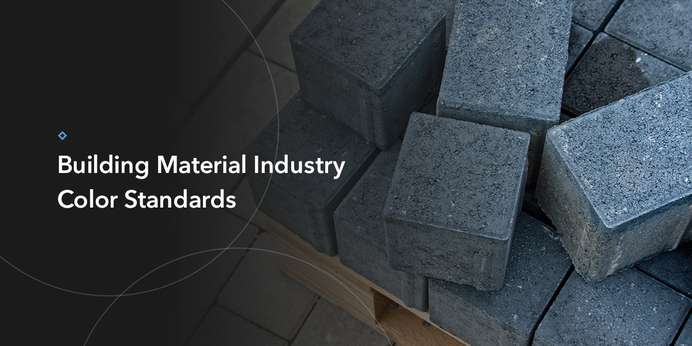
Color standards for building materials provide material manufacturers and construction companies with a reference point to ensure their materials meet customer expectations. Companies use color charts and matching systems to monitor color consistency for many types of materials, from concrete to roofing shingles to interior or exterior paint. Identifying potential material defects ahead of time saves businesses significant money on replacement materials and labor.
What Are Color Standards and Why Are They Important?
In the construction industry, companies often provide their customers with swatches or material samples specifying exact colors. These samples are vital for commercial companies that depend on a unique color for branding and marketing purposes. In addition, many educational facilities, municipalities and governments use specific color coding in their buildings.
Matching the samples to a particular type of building material can often be challenging for both builders and manufacturers, as many of these products have varying degrees of textures, roughness and thicknesses.
When customers choose a specific color for their building project, the construction company is responsible for meeting all the corresponding color matching standards. While no firm color charts are exclusive to all building materials, various international color standards — like the Pantone Matching System (PMS) — exist for materials like paint, wood, steel and plastic. Experienced builders will lay out the standards and consistencies they adhere to before beginning a project.


